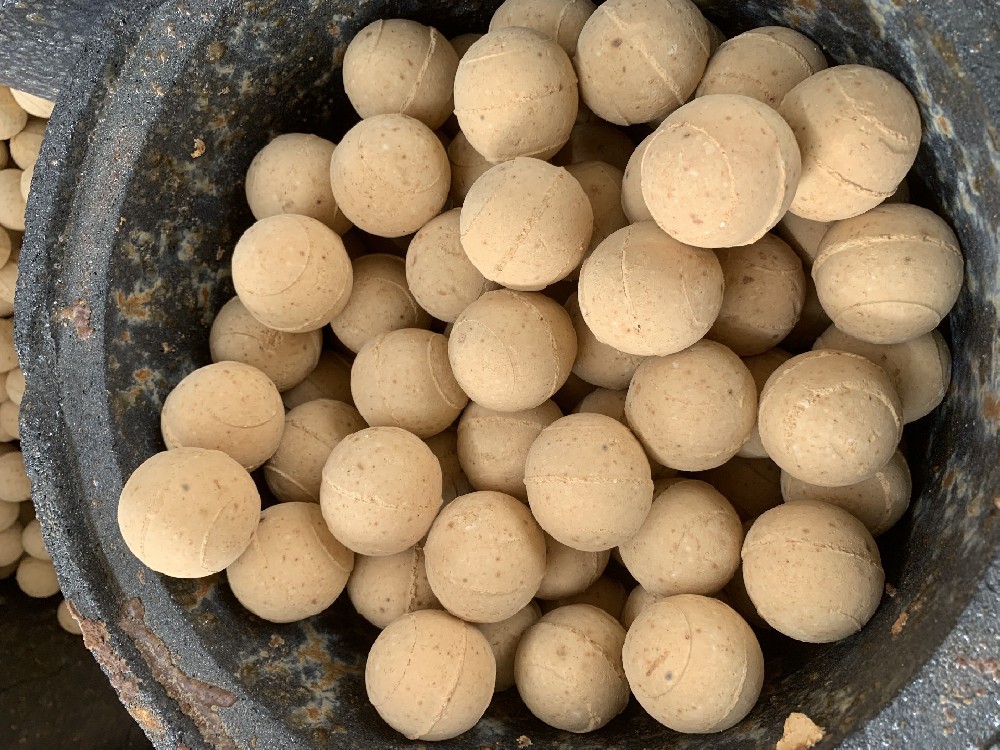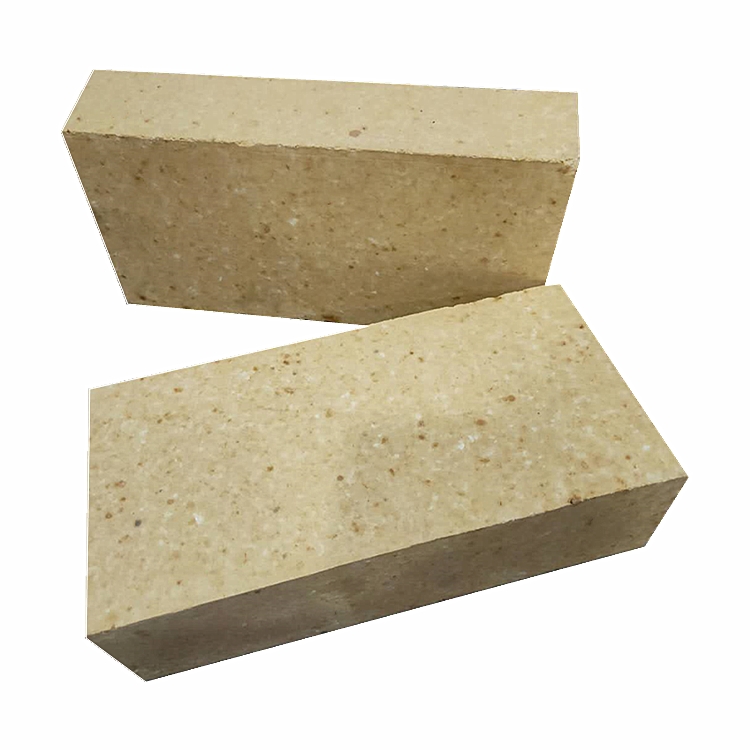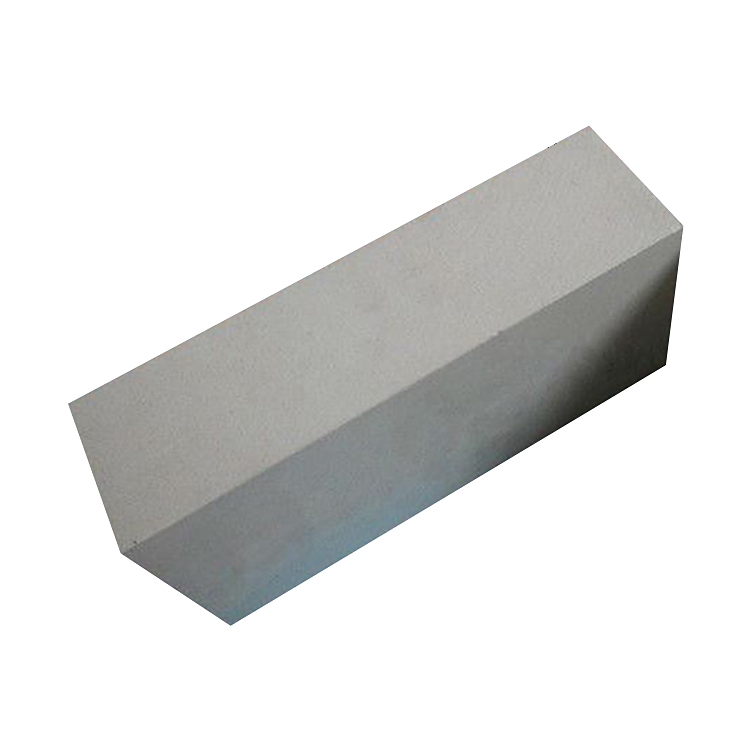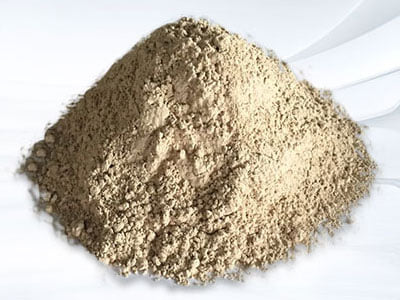Types, structures and properties of white aluminum oxide
White aluminum oxide has excellent physical and chemical properties and is widely used in ceramics, abrasives, refractories, petrochemicals, and many other fields. For ultrafine activated alumina (γ-Al2O3 or η-Al2O3), it is generally used as an adsorbent or catalyst carrier; columnar or spherical alumina is generally a carrier or a ceramic membrane filter; high-temperature series alumina is mainly added through industrial alumina. Solvent calcination preparation, generally used in ceramics and refractory materials, etc.; polished alumina oxide, mainly used in glass, metal and non-oxide ceramic sintering aids, and so on.

The structure and properties of white aluminum oxide
White aluminum oxide α-Al2O3 is a trigonal crystal system, also known as corundum. O2- in the Al2O3 crystal is closely packed hexagonally, and the smaller particle spacing makes the crystal firm and stable. α-Al2O3 has the highest density and the most stable crystal phase among all aluminas, and its density is related to impurities and remains around 3.99g/cm3. α-Al2O3 mainly exists in ruby, sapphire, and natural corundum. Although α-Al2O3 has low activity, it has excellent properties such as high hardness, high strength, wear resistance, chemical corrosion resistance and good dielectric properties, and is widely used in refractory materials and ceramics.
β-Al2O3, as an alkali aluminate, has a density of about 3.30g/cm3. β-Al2O3 has poor stability, and α-Al2O3 and Na2O will decompose from it after heating. The Na-β-Al2O3 crystal has a layered structure inside. Na+ can move freely between layers and exchange ions, making it relax polarization and ionic conductivity between layers, while Na+ cannot diffuse in the direction parallel to the C axis, making it non-conductive in the direction parallel to the C axis. Taking advantage of this property, β-Al2O3 can be used as a separator material in sodium-sulfur batteries and is widely used in electronics, medicine, and machinery.
γ-Al2O3 is a transitional phase of Al2O3, its density is about 3.42g/cm3, O2- in the γ-Al2O3 crystal structure is distributed at the vertex of the cubic lattice and is closely packed, Al3+ is distributed in the stacking voids of O2-. γ-Al2O3 has a loose structure and strong adsorption, easy to absorb water, and can be dissolved by acid and alkali. Its large specific surface area enables high surface energy and high activity. At the same time, γ-Al2O3 will be converted into stable α-Al2O3 with the increase in temperature. After conversion, its bulk density will increase, and at the same time, there will be volume shrinkage, about 14.3%. The conversion rate and completeness of conversion depend on the purity of alumina. Preparation conditions and particle size.
-

Thermal storage alumina balls
The Thermal storage alumina ballsis made of industrial alumina and refractory kaolin as the main raw materials through scientific formula, forming and high-temperature calcination.Thermal storage alumina ballss are divid··· -

Anti-stripping high alumina brick
Use description of Anti-stripping high alumina brick1. Anti-stripping high alumina brick has a good application in low temperature parts such as large and medium-sized cement precalciner, kiln smoke chamber, indoor decom··· -

Anti-stripping high alumina bricks
Anti-stripping high alumina bricks are made of high alumina bauxite clinker, mullite, kyanite, zircon sand, and binder after granulating and powdering processes, mixed in a certain proportion, pressed into shape, and fir··· -

silica hot repair refractory
Performance index of silica hot repair refractoryThe material is a kind of plastic unshaped refractory material, its main component is SiO2, it is made of special clinker and various binders and additives, and it is proc···

